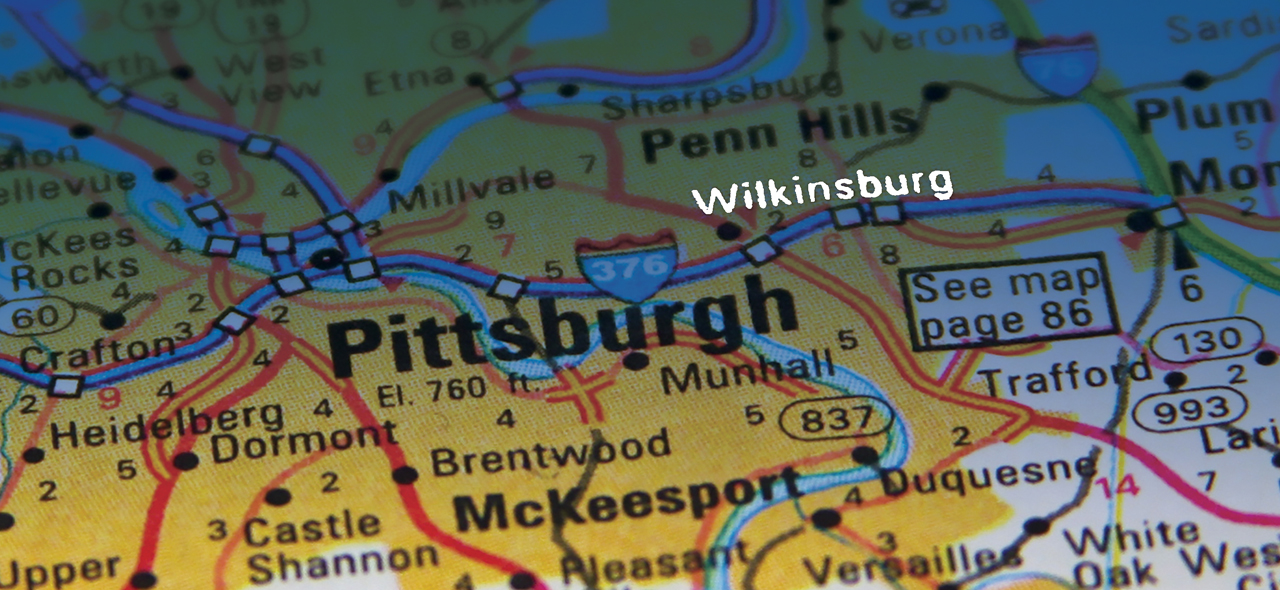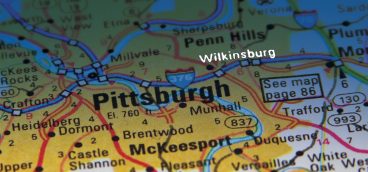Pittsburgh City Council Wants a Year to Look into Annexation

Wilkinsburg residents will have to wait another year to learn whether they’ll get a chance to vote on the future of their borough.
Pittsburgh City Council leaders said Wednesday that they won’t approve annexing the borough
this year. Instead, they pushed the deadline for the decision to 2023 to give them more time to
investigate the implications of annexing the borough and have public discussions.
Their decision will cancel a ballot referendum in Wilkinsburg, which had been cleared by the
courts for the spring primary election.
The idea of Wilkinsburg becoming a neighborhood of the city has been debated off and on for
decades. In the past two years, the debate has intensified with the Wilkinsburg Community
Development Corporation (WCDC) leading an effort to place the question on the ballot.
State law requires that Pittsburgh City Council first approve annexation, which has emerged as
the best opportunity in decades to reverse Pittsburgh’s chronic population loss that has already
stripped it of its status as one of America’s 50 largest cities. Council approval would then clear
the way for the question to be put to Wilkinsburg voters as a ballot referendum.
A majority of city council members indicated Wednesday that they won’t approve annexation.
Several on council have said over the past several weeks that they need more time to study the
pros and cons.
But annexation remains alive. And remarks from some on city council suggest the idea of
accepting Wilkinsburg could be gaining support now that they have more time to consider the
matter. Council Ricky Burgess, whose district borders Wilkinsburg, was one of them. Two
months ago, he signaled he wouldn’t vote to approve because he needed more time to assess how
it would affect the city and its residents. Now that the city has more time to look into it and
prepare, he said he’ll likely be open to annexing the borough.
Pittsburgh City Councilman Anthony Coghill said he noticed a “different tone” in recent weeks
in conversations among council members, many of whom were skeptical about annexing the
borough a few months earlier. Directing his remarks to WCDC Executive Director Tracey
Evans, who has spent the past two years laying the groundwork for bringing annexation to a vote
in the borough, Coghill said at a fact-finding hearing yesterday, “I think your effort is going to
pay off. We might not get the marriage we were looking for this year, but we certainly have an
engagement.”
City council heard from two consulting firms that have studied the impact of the proposed
annexation and their findings suggest both the city and borough would benefit from it. Council
also heard from Allegheny County Executive Rich Fitzgerald and Pittsburgh City Controller
Michael Lamb. Both support the proposed annexation.
Fitzgerald said the fact that there was a movement in Wilkinsburg to join the city is an indication
of how far the city has come back from years of state oversight as a distressed municipality that
had dented its livable city image. “I don’t know if anybody wanted to join the city where we
were 10 years ago.”
Wilkinsburg, on the other hand, is beset with high property taxes and severe population loss. Its
property taxes are among the highest in Allegheny County and twice as high as what
homeowners and businesses pay in Pittsburgh.
Borough residents would pay a higher income tax as city residents. But annexation would slash
the taxes borough property owners now pay, which would be expected to encourage growth.
“As someone whose job is focused on economic development, I can tell you we can get a lot of
economic development in the city right up to the line,” Fitzgerald said. “But going over to
Wilkinsburg, once the developers, the property owners, potential investors see the [tax] millage,
it’s a deal breaker.”
Wilkinsburg lost 10 percent of its population overall and 21 percent of its black population in the
last decade, census data show. Few places in the region experienced losses of that magnitude.
Pittsburgh’s population slipped by less than one percent. The overall population of Allegheny
County increased by two percent.
Such trends in Wilkinsburg will continue to constrain the borough’s ability to serve residents as
the tax base shrinks further and tax revenues decline, said Kate Whittle, a partner at HR&A, a
consulting firm that studied the idea of a city-borough merger. “The citizens of Wilkinsburg are
voting with their feet.”
She told council that annexing Wilkinsburg would bring a much-need surge in the city’s slowly
declining population, which, among other things, determines the level of funding Pittsburgh gets
from federal and state programs. “From a federal funding perspective, the City of Pittsburgh
would be stronger and more competitive if more of the smaller municipalities, like Wilkinsburg,
were part of the city.”
Another consultant, Public Financial Management (PFM), told council that a financial analysis
of the impact of annexing Wilkinsburg suggests the city would likely realize a net gain in the
long run, in addition to expanding its population and acreage.
The firm’s analysis suggests the city could initially see a small net deficit, but “one that is
probably easily correctable in the short term,” said Gordon Mann, a director at PFM and the
former Act 47 coordinator for the City of Pittsburgh when it was under the oversight of the
state’s distressed municipalities act.
“Over time it is likely that adding Wilkinsburg becomes a net positive to Pittsburgh just from a
balance-sheet financial perspective.”
City Controller Michael Lamb, who has publicly advocated for annexing Wilkinsburg, told
council he agreed with the consultant’s findings that both the city and the borough would benefit.
“In fact, I would say it leans a little on the conservative side. I think that just on a purely
financial basis, this is a bigger win than even these numbers project.”












